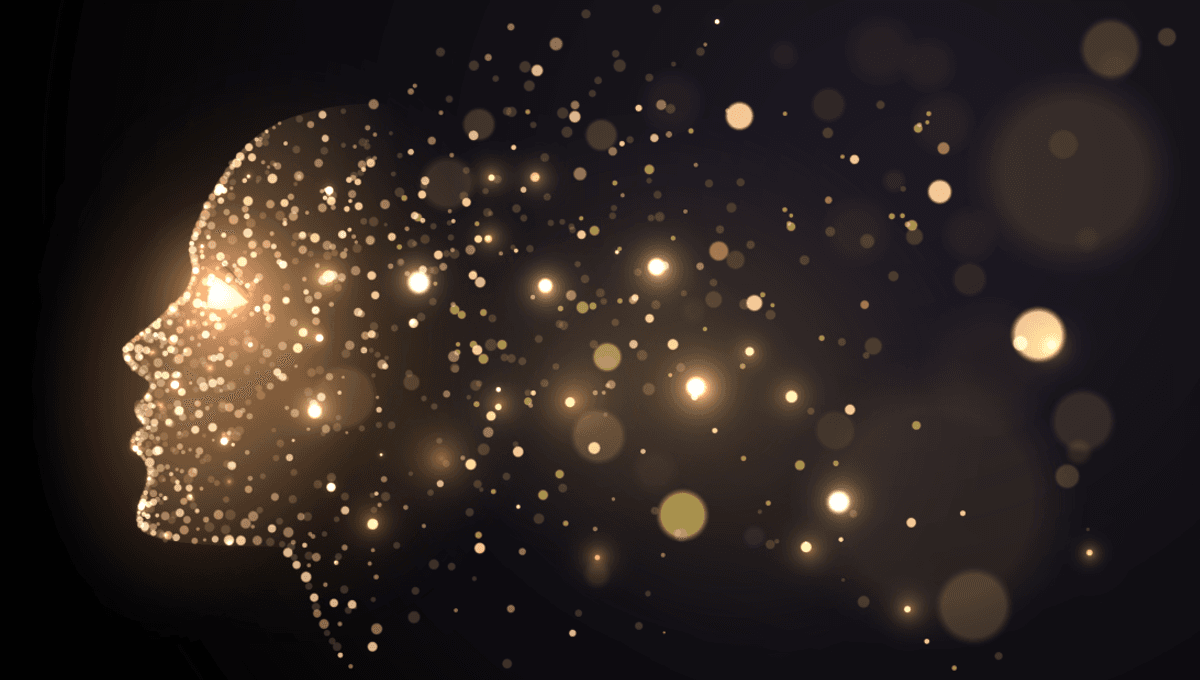
Did you know that you’re glowing right now? Alright, it is only very, very faintly. Too faintly for the human eye, in fact, but thanks to biophotons you glow alongside every other living thing. Now, new research into mice and plants has shown how that light can alter under stress, and be extinguished by death. It’s quite possible that when we’re snuffed out, the world really does lose a little light.
That humans glow was the discovery made by researchers in a 2009 study who used incredibly sensitive cameras to effectively watch naked people sleep. Bit creepy, sure, but it also shone a light on the fact that humans are bioluminescent.
“The human body literally glimmers,” wrote the study authors, and as for why we can’t see it? “The intensity of the light emitted by the body is 1000 times lower than the sensitivity of our naked eyes.”
As it happens, it seems the way we glow does change throughout the day, with our faces glowing the most. As for what is orchestrating that change, it likely all comes down to our circadian rhythms, but there are other things that can influence this glow, as evidenced by a new study that focused on mice and plants.
It used novel imaging systems to detect how this phenomenon, known as biological ultraweak photon emission (UPE) can change for a set of “physiologically important scenarios”. They included a plant under stress, and live VS dead mice.
For plants, they looked at what happened when the umbrella tree (Heptapleurum arboricola) was snipped and saw that its glow increased as its recovery was kicking in. This also happened when the anesthetic benzocaine was applied. Learning how to detect these changes, and understand what’s causing them, could become a new tool for monitoring the health of forests, identifying problems before the damage is done.
As for what happens to animals, an incredible before-and-after showed how widespread the drop off in UPE was in a mouse after death. The intensity of its glow faded rapidly, which while remarkable isn’t all that surprising given what we know about UPE and biophotons’ relationships to metabolism.
That “powerhouse” of the cell, good old mitochondria, releases tiny amounts of reactive oxygen species (ROS) as a byproduct while it’s producing the energy needed to keep us alive. These ROS react with molecules including proteins, lipids, and fluorophores, whose excited states emit biophotons, and this is why the human body glitters to the rhythm of the circadian clock, and likely gets snuffed out when our light goes out.
Bioluminescence relies on enzymatic activity to glow, but there’s also another way that living things can glow and we’re increasingly finding it in more and more species.
The study is published in The Journal of Physical Chemistry Letters.
Source Link: Humans Glow, And It’s A Light That Probably Goes Out When We Die